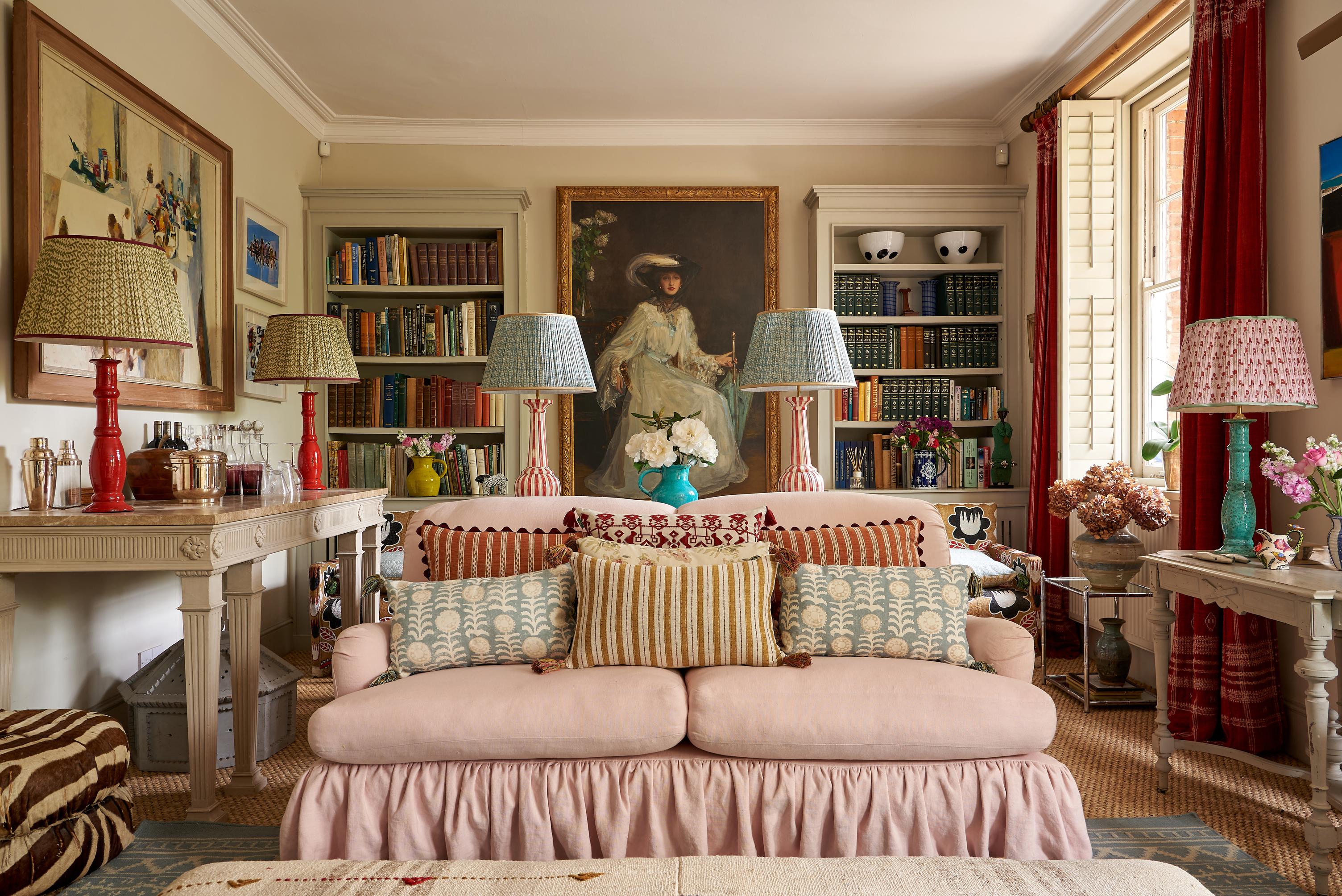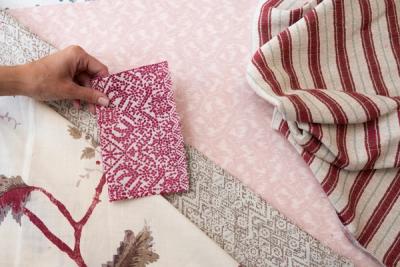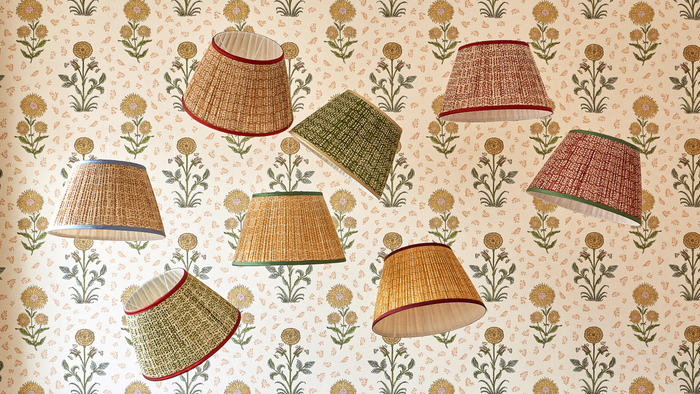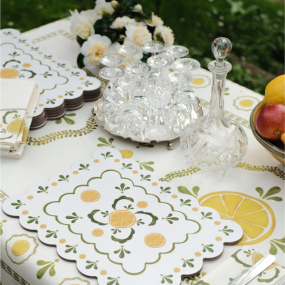Decoration
How to Get the Curtains Right
Curtains should be easy, but their prominence in any room means getting them right is trickier than most people anticipate. Click here for more.
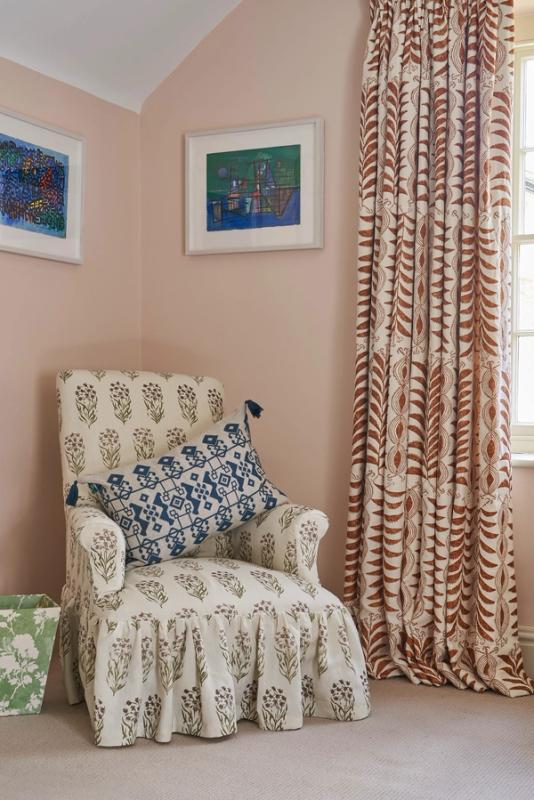
How to Get the Curtains Right
On the face of it, curtains seem relatively simple. They have a clear purpose and appeal – they are relatively simple to prepare for (measuring, hanging the pole), and no one requires a user manual to get them to work, after all. But, as it turns out, curtain faux pas are more common in interior design than you might think.
The good news is, most of the time, it’s relatively easy to fix. True, you may need to fill-in a few misplaced holes from the original rod, but, once done, you’ll get a lot more value out of your curtains.
Here’s how to get your curtains right – for once and for all.
Avoid Foreshortening Your Windows…
Big windows are big selling points. We all want a room with an excellent view, but it’s very rare for even the most well-glazed of homes to look complete without curtains – and they needn’t feel like they’re stealing away slivers of that hard-earned view just by being there.
One of the biggest mistakes we can make with the curtains lies not with the fabric, but with the rail. All too often, the rail is hung lower than it should be, which creates a shortening effect on the window itself, effectively shrinking the window from the top down and creating a sense of enclosure that needn’t be there in the first place.
The ideal height for a curtain rod is around 2/3rds of the way between the top of the window and the ceiling – in other words, significantly closer to the ceiling than the window. If your windows are particularly low, then this may look disproportionate – aim instead for between 4 and 6” between the window and the rod.
…Or Shrinking the Edges Inwards
This is another big mistake, and it often goes hand-in-hand with the curtains being hung too low over the window. A curtain rod that is too narrow creates a very similar effect – it draws the edges of the windows inwards and makes the view feel restricted and narrow. Even a small overlap between the curtain fabric and the window’s glass can give the impression that the room’s light has been significantly obstructed.
This doesn’t need to be the case. While it can feel a little odd measuring for a rod that extends beyond the edges of the window, it’s the key to making the room feel brighter – and the view more expansive.
General advice suggests about 15cm of rod should extend beyond the window on either side, wherever possible. This of course depends on the thickness of your curtains. A particularly heavy, thick weave with plenty of pleats will require more space on either side if it’s to avoid blocking light. Don’t feel tethered by the 15cm rule – a wide set curtain can be a strong statement, particularly if you want your fabric print to be a key focal point for the room. Speaking of which…
Use the Right Amount of Fabric
It’s relatively hard to go overboard when it comes to curtain fabric. True, you don’t want your curtain rod to be buckling under the weight of so much material, dipping down over the window seat like a branch under too much strain. But that’s a relatively long way off from ‘just right’, whereas it’s very easy to use too little.
Too little fabric looks spartan and miserly. While it may not be noticeable when the curtains are open and pleated to the very edges of the window, drawing the curtains will feel a little like attempting to spread a teaspoon of jam over an entire length of baguette.
Remember not to measure for the width of the window – or, if you want to use it as a guide, to use that measurement as a starting point and, in the very least, double it.
And Don’t Skimp on the Lining
Unlined curtains may fly in the summertime – after all, who doesn’t love the ethereal look created by a piece of organza, voile, or linen billowing gently in the breeze of an open patio door? But, for the most part, a curtain that should be lined but isn’t can look a little incomplete (at best) and, at worst, hastily thrown together.
Lining is perfect for autumn and winter curtains – if you haven’t read up on seasonal curtains, then click here – since it helps keep warmth in the room. In the summer, it prevents that early morning sunshine from illuminating the bedroom too soon. They prevent unsightly seams from showing through the fabric as the sun hits the ‘wrong side’, and give the curtains a heavier, more robust weight that helps with the drape.
More from Decoration
